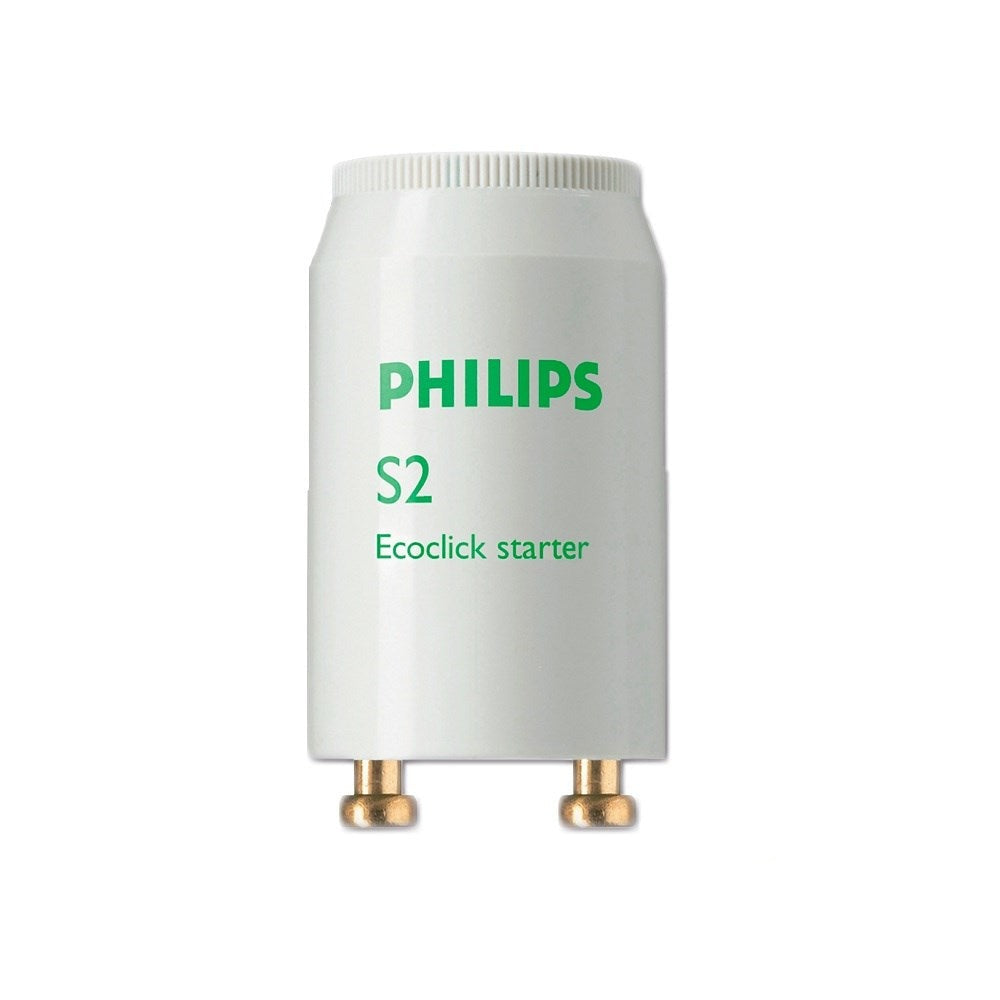Thermal Fogging - Disinfection and Pest Control Dispersion Technology. ULV or standard - what is best?
What is the difference between Standard and Ultra Low Volume (ULV) foggers and misters?
Fogging equipment is used predominately for the application of disinfectants, biocides, fungicides and pesticides. Foggers generate a fog or mist formed of Ultra Low Volume (ULV) droplets between 5-50 microns (μm) in diameter. Studies have shown that droplets of this size are ideal to tackle pathogens, vector (virus) carriers and pests. In addition formulations can be applied in concentrations of 10-90% and at flow rates of up to 0.5 litres per minute (30 litres per hour) making them more efficient in the Volume Median Diameter (VMD) spectrum.

Conventional sprayers, reach insects less effectively than ULV technology. This is because conventional sprayers spray larger droplet sizes in between 100-200 microns, which don’t fully cover the whole area being sprayed. Apart from the droplet size they produce, manual sprayers can be very time consuming and labor intensive. Although motorised versions spray quicker, there are not suitable for indoor use, as they leave surfaces very wet and produce exhaust gases. Manual sprayers are ideal when you need to pray close up, in places such as patio areas and gardens.

Thermal Fogging, heats up pesticides or disinfectants mixed with oil - therein producing a very dense and visible fog formed of droplets of around 10 microns in size. Thermal fogging is ideal for exterior use to disinfect, combat vector carriers and pests. This method of fogging is not suitable for applying in closed indoor spaces due to the exhaust gases they produce. VectorFog has begun to manufacture a dual function thermal fogger that can also fog water based solutions.

ULV Fogging, works by compressing pesticides or disinfectants through a specially designed nozzle, producing a fine cold mist or aerosol. Electric portable versions are particularly ideal for indoor applications as they don’t produce exhaust gases and are less noisy. These machines can apply both oil and water based solutions.
For more information please send us an email to sales@brcnz.co.nz
Main Applications
VECTOR AND PEST CONTROL
Vector carrying insects and pests such as mosquitoes, flies, fleas, mites, and cockroaches are the cause of most common biological disease transmissions in the world today. It is generally accepted by industry professionals that fogging is the most efficient method of control, as only small amounts of pesticides get used in the process.
FLYING INSECTS

Mosquito
Mosquitoes such as the 'Aedes aegypti' variety, and flies such as the Black fly, form a major group of disease carrying vectors. These transmit a huge number of infectious diseases to humans, including Malaria, Dengue fever, Yellow fever, Typhus, and the NZ bound Zika virus. Flying insects can also affect livestock and destroy crops having a damaging effect on agriculture. Examples include Mosquitoes, Blow Flies, Bottle Flies, Stable Flies, Fruit flies, Bean Flies and Lygus. Thermal fogging is used to control the population of these insects in urban and rural settings.
Targeting HOUSEHOLD INSECT PESTS

Bed bug
Bed bug Insects are the most common pest problem in households. An increasing public health problem in cities and towns, typical insect pests include Bed bugs, Fleas, Ants, Wasps, Moths and Cockroaches. Although not all of these pests carry diseases, they can spread rapidly leading to large infestations which can be difficult to control. Some of them can also cause skin irritation and allergic reactions. Fogging is used to eradicate them after an infestation has occurred.
Targeting common LIVESTOCK PARASITES & PESTS

Red mite
Red mite Livestock parasites can be detrimental to livestock production. As animal production has become more intensive, the threat of parasitic disease has also increased. These parasites range from flying insects to lice and mites which feed on the blood, skin, and hair of animals. These include Mosquitoes, Black flies, Hog Lice, Itch Mite, Ear Ticks, Sticktight Fleas and Red Mites. Hog lice for example can carry swine flu or swine pox, whilst Red Mites feed around the breast and legs of hens, causing pain, irritation, and decrease egg production. Fogging can be used to eradicate parasites living in empty sheds or stables prior to housing. Continuous disinfection of livestock housing using a fogger tends to be done thought the breading cycle.
Insecticides and Disinfection agents available for Thermal and Cold Fogging equipment.
• Malathion: an organophosphate water based insecticide Ideal Equipment: Cold Fogger (interior) / Water Based Thermal Fogger (exterior)
• Synthetic pyrethroid: an organic based compound similar to natural Pyrethrins produced by the flowers of the pyrethrum plant. Piperonyl Butoxide is sometimes added to Pyrethrins to increase their potency.Ideal Equipment: Cold Fogger (interior) / Oil based Thermal Fogger (exterior).
• Hydrogen peroxide with Silver Nitrate Solutions: Used in hospitals as a high level disinfectant. Usually diluted with demineralised water (ratio 200:800 mg). The silver nitrate makes it less susceptible to allergic reactions.
• Potassium peroxymonosulfate (commercial names include Virkon or Trifectant) – Is a multi-purpose disinfectant that can be used anywhere to control pathogens.
• Polyaminopropyl biguanide: A Low toxicity bactericidal at very low concentrations (10 mg/l).
• Hypochlorite – (chlorine derivative) – A disinfectant commonly used in the food industry to fog hard to reach places. For general sanitation, a concentration of 200 parts per million (ppm) of chorine is generally used.
• Formaldehyde (formalin): A highly toxic aqueous solution that kills most bacteria and fungi (including their spores).
Targeting microbial spores and pathogens with thermal Fogging.
Pathogenic microbes such as virus, fungi and pathogenic bacteria are the main cause of airborne or direct contact diseases affecting animals and humans. Studies show the application of disinfectants and biocides via aerosol or fogging significantly reduce the number of viable infectious pathogens. Foggers produce micro droplets that float in the air for around 10 minutes after application, reaching the most inaccessible parts where conventional cleaning or spraying can’t reach.
Ecoli
Ecoli Pathogenic bacteria contribute to many illnesses and infections whether food borne, water borne or air borne. These include diseases such as E-coli, MRSA, C. difficile, Campylobacter, Legionella and Salmonella. Unhygienic food preparation, water storage and air conditioning systems can harvest as well as spread these diseases. Bacteria such as MRSA and C. difficile are especially troublesome in hospitals, prisons and nursing homes, where patients with open wounds, and weakened immune systems are at greater risk of infection.
VIRUS
Influenza
Influenza Viral infections make up around one third of cases of food poisoning in developed countries. Examples of these viruses include the Norovirus and Rotovirus. Other common viral infections include cold viruses and Seasonal influenza (the flu). An increasing concern due to a growing global population are animal or bird to human transmissions such as H1N1 (swine flu), and H5N1 strain of bird flu. Disinfection of surfaces using a fogger is essential to stop the spread of these infections.
Fungi
Many fungi are parasites on plants, animals (including humans). Some fungi can cause serious diseases in humans, several of which may be fatal if untreated. These include Aspergillosis, coccidioidomycosis and mycetomas. Molds are a common component of household and workplace dust. However, when mould spores are present in large quantities, they can present a health hazard to humans, potentially causing allergic reactions and respiratory problems. Some moulds can also produce mycotoxins which can pose a serious health risk to humans.

Mould
Mould in the home can usually be found in damp, dark or steamy areas e.g. bathroom or kitchen, cluttered storage areas, recently flooded areas, basement areas, plumbing spaces, areas with poor ventilation and outdoors in humid environments. Fogging is used to apply fungicides to target mould in places such as bathroom or kitchen ceilings, behind boilers, recently flooded areas, basements and areas with poor ventilation.







